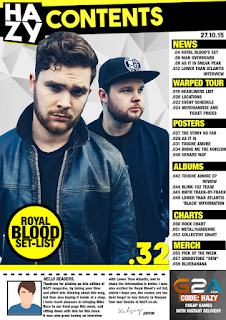What is the difference between commercial and public service broadcasting? You should have noticed that we are comparing two comedy shows that are scheduled by different broadcasters. This is really important and you need to know what makes these companies so different.
Make notes that will help you answer question 4a. You may have some notes on your blog already so it is fine if you just want to simply add to your work.
Task:
1. Explain why two channels selected different comedy programmes to schedule on particular days and at particular times.
Programme name:
Channel:
Time:
Date:
2. Create two separate blog posts with information about the two main terrestrial channels:
Why am I looking at this for my exam? If you're asking yourself this very question then take a look at the mark scheme below to find out.
Level 4 (12-15 marks)
Discusses the scheduling of two comedies Precise and accurate use of terminology - think about why certain programmes are on at certain times
Shows detailed knowledge of TV or radio channels and scheduling with understanding of how programmes reflect institutional contexts -
read this on ITV -
read this on the BBC's mission and values and
this on its public purposes
Thorough understanding of how channels use scheduling to reach audiences - think about why programmes are clearly aimed at a particular audience -
look at this again and decide on the audiences for both programmes
Ideas expressed clearly and fluently in well-structured sentences with few, if any, errors of spelling, punctuation and grammar.
Level 3 (9-11 marks)
Accurately describes and evaluates the scheduling of two comedies Some accurate use of terminology
Shows sound knowledge of TV or radio channels and scheduling with some understanding of how programmes reflect institutional contexts
Sound understanding of how channels use scheduling to reach audiences
Ideas expressed with some clarity and fluency; errors of spelling, punctuation and grammar do not obscure meaning.
Need extra help?
You can
look here at Mr Ford's blog for some helpful information about the BBC. You need to write about ITV in just as much detail.

















